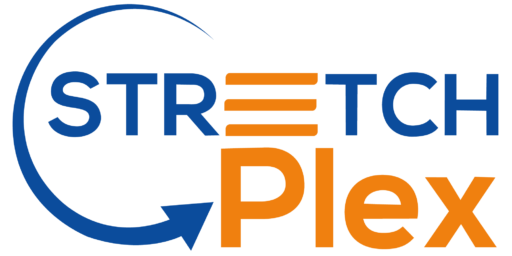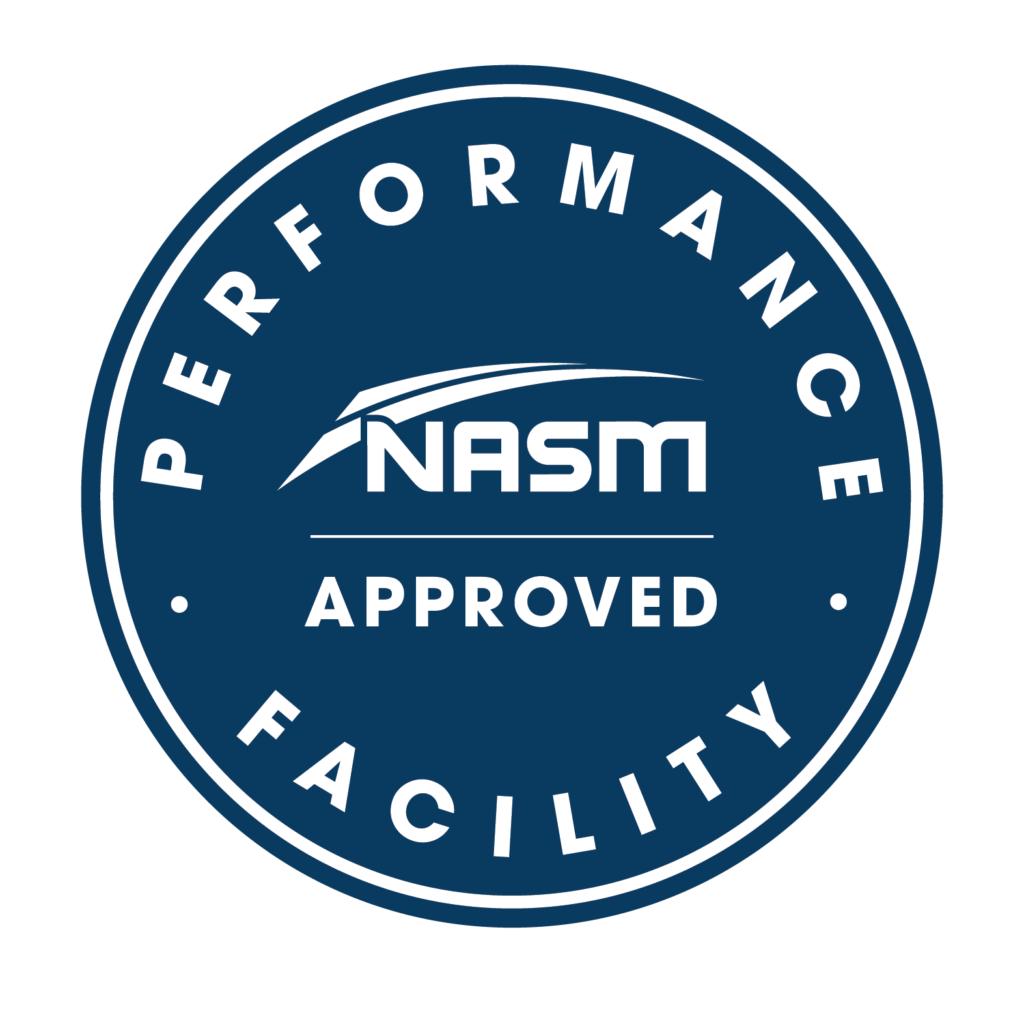Importance of stretching in injury recovery
Stretching plays a crucial role in injury recovery by promoting flexibility, improving blood flow, and aiding in muscle repair. When done correctly, stretching can enhance your range of motion, reduce muscle stiffness, and prevent further injuries. Incorporating a stretching program into your strength conditioning regimen can expedite your recovery process and help you regain strength and mobility faster.

Benefits of stretching programs
Stretching programs can help improve flexibility, increase blood flow to muscles, and reduce the risk of future injuries. By incorporating stretching into your personal training routine, you can enhance your recovery process, decrease muscle stiffness, and improve your range of motion. Benefits of stretching programs also include promoting relaxation, enhancing muscle coordination, and aiding in the overall healing of injured muscles. Stretching can be a valuable tool in maximizing your recovery from injuries.
Types of stretching exercises
Stretching exercises can be categorized into two main types: static stretching and dynamic stretching.
Static stretching involves holding a position for a period of time without moving. This type of stretching helps improve flexibility and can be done before or after a workout. Examples include reaching for your toes to stretch your hamstrings or holding a quad stretch.
Dynamic stretching, on the other hand, involves moving parts of your body and gradually increasing reach, speed, or both. This type of stretching is great for warming up before physical activity as it helps improve blood flow and mobility. Examples include leg swings, arm circles, and walking lunges.
Stretching techniques for injury rehabilitation
Stretching is crucial for injury rehabilitation as it helps improve flexibility and range of motion in injured muscles. Dynamic stretching, where you move as you stretch, is beneficial before exercising. On the other hand, static stretching, where you hold a stretch position for a period, is helpful post-workout to relax muscles. PNF stretching, which involves contracting and relaxing muscles, is also effective in enhancing flexibility. Remember to consult a healthcare provider or a physical therapist before starting any stretching program for injury recovery.
How stretching aids in recovery
Stretching plays a crucial role in injury recovery by improving blood circulation, increasing flexibility, and reducing muscle soreness. It helps in maintaining the range of motion in your joints, preventing stiffness. Stretching also promotes the healing process of injured muscles by providing them with the necessary oxygen and nutrients. Additionally, it can enhance muscle strength and improve overall performance during rehabilitation.
Incorporating stretching into your personal training routine
Stretching is crucial for your recovery process after an injury or even everyday activities. It helps improve flexibility, increase blood flow to the injured area, and prevent muscle stiffness. By incorporating a stretching program into your rehabilitation routine, you can enhance your range of motion and speed up your recovery. Start with gentle stretches and gradually increase the intensity as your injury heals. Remember to always listen to your body and consult with your personal trainer (or Body Coach at StretchPlex!) before starting any new stretching program.
Duration and frequency of stretching programs
Stretching programs are typically recommended to be done daily to maximize recovery from injuries. It is advisable to dedicate around 10-15 minutes per session for these programs. Consistency in performing your stretching routine is crucial for achieving the desired results. Remember, the goal is to gradually improve flexibility and range of motion, so be patient and persistent in your efforts.
Precautions and considerations when stretching
When you’re stretching as part of injury recovery, it’s essential to listen to your body and avoid pushing past pain. Stretching should feel like a gentle pull, not sharp discomfort. Remember to breathe deeply and relax into each stretch. Be mindful of the following precautions and considerations:
- Avoid bouncing or jerking movements during stretches, as it can lead to muscle strains.
- Warm up your muscles before stretching to prevent injury.
- If you have a specific injury, consult with a personal trainer or Body Coach before starting a stretching program. The Body Coaches at StretchPlex are highly trained experts!
- Stay consistent with your stretching routine to see improvements in flexibility and recovery.
Partner exercises for enhanced recovery
Partner exercises can be a fun and effective way to enhance your recovery process. Working together with a partner can provide extra motivation and help you push your limits. These exercises can improve your flexibility, strength, and overall performance. They can also help you prevent future injuries by targeting different muscle groups. Some popular partner exercises include partner stretches, partner squats, and medicine ball passes. By incorporating these exercises into your routine, you can maximize your recovery and achieve your rehabilitation goals faster.
Maximizing the effectiveness of your stretching program
To get the most out of your stretching program, remember to stretch all major muscle groups in your body. Including both static and dynamic stretches in your routine can help improve flexibility and reduce the risk of injury. Keep in mind to hold each stretch for 15-30 seconds to allow your muscles to relax and lengthen. Don’t forget to breathe deeply and avoid bouncing while stretching to prevent strain. Consistency is key, so aim to stretch at least 3-5 times per week to see the best results.


